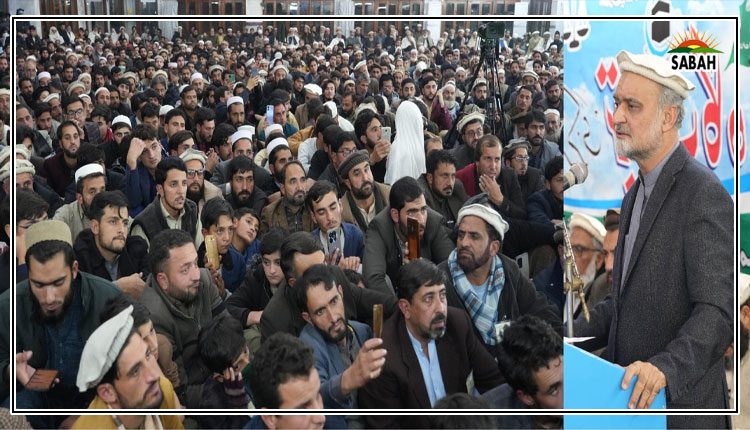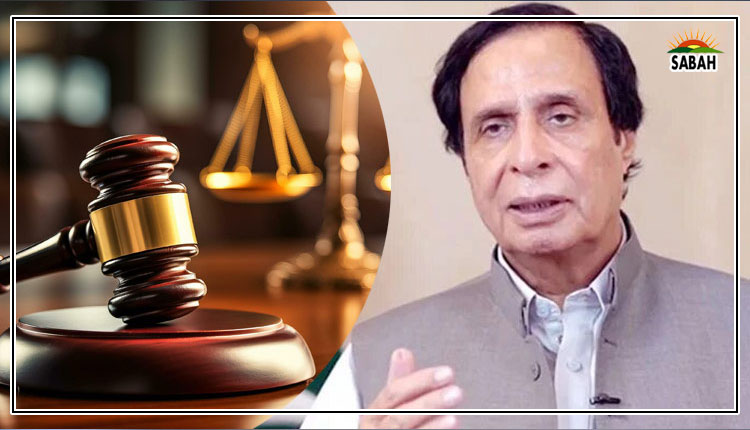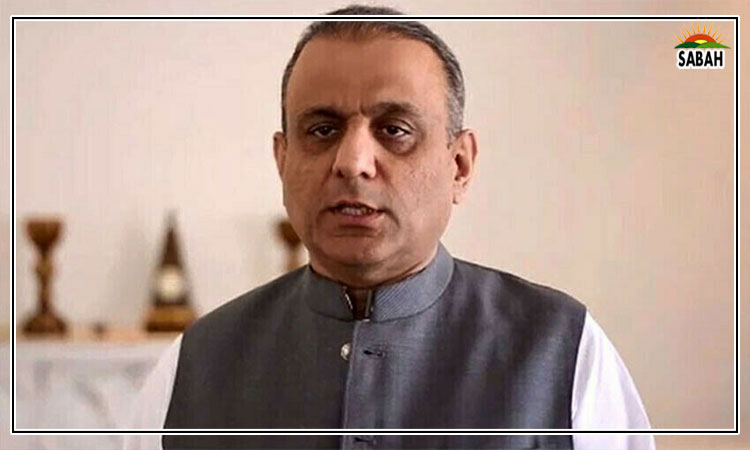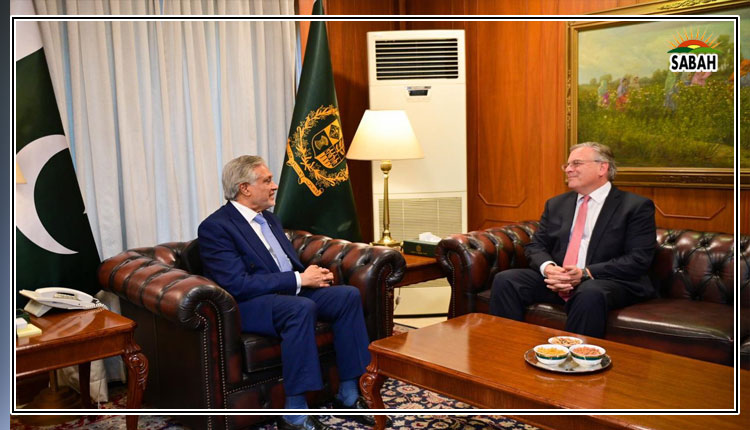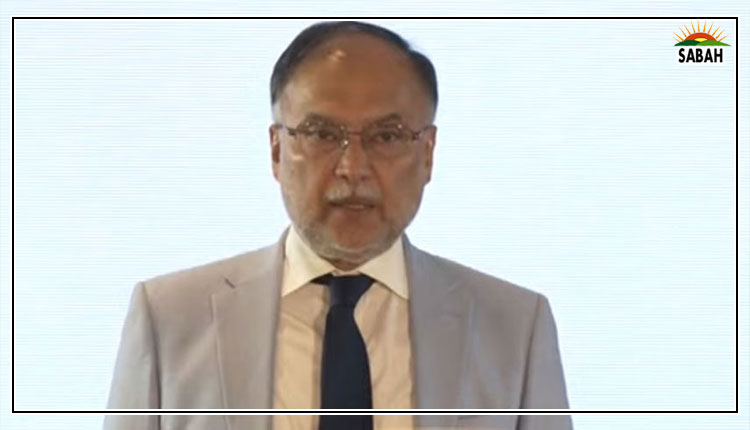Passing tests, failing systems…By Asghar Soomro
Much of Pakistan’s public discourse remains fixated on the issue of out-of-school children (OOSC) and the challenge of bringing them into the formal system – but what of those who manage to stay in school until the intermediate level?
Do we have a clear understanding of what they have truly achieved in terms of knowledge and skills? How can we be sure that these students have learned what they set out to learn, rather than merely passing their time with little to show for it?
Take the recent pre-entrance test (PET) at the University of Sindh, Jamshoro, as a case in point. The university conducted a phased-wise pre entrance test (PET) for students, vying for spots in its 70 departments under bachelors/undergraduate programme for the 2024-25 academic year. Of the 21,988 registered candidates, 19,491 appeared for the test, including 4915 female candidates – slightly more than 25 per cent of the total.
Remarkably, around 85 per cent of the candidates become eligible for the admission. Yet, this statistic comes with a significant caveat: the university has set the minimum passing threshold at just 30 out of 100 marks, acknowledging that most candidates struggle to clear a relatively simple test covering English, General Knowledge, General Science, Arithmetic, and IQ.
The University of Sindh, however, is not the top choice for the academically proficient or financially privileged; those students typically pursue seats at medical and engineering universities. Analysis of the registered candidates reveals that many come from the 15 districts affected by floods, poverty and poor governance, with a significant number hailing from Dadu, Sanghar, and Naushero Feroz. While it is encouraging to see the commitment of these students and their parents to higher education, a pressing concern remains: how do we address the gaps in their knowledge, skills and confidence so they can keep pace with more advantaged peers?
A crash course covering essential skills such as English language proficiency, critical thinking, gender awareness, I.T skills, and research capabilities would be an excellent step forward, helping students to transition into independent learners. In fact, such a course should be mandatory for all rural students before they begin their degree program. This would help bridge the educational gap that many of these students face due to limited access to learning opportunities and quality instruction.
Additionally, an induction program focused on mindful interactions with fellow female students and appropriate public conduct could be highly beneficial. Such a program would help students understand how to engage respectfully and avoid actions or language that could be perceived as inappropriate or offensive. These foundational social skills would serve students well, enhancing their experience at the university and supporting their personal and professional growth beyond it.
Access to quality higher education in Sindh is quite limited. According to the Sindh Higher Education Commission (SHEC), Karachi hosts 9 of the province’s 27 public universities, while the remaining 18 serve all of the remaining Sindh. In the private sector, out of 32 operational universities, most are in Karachi, with a few in Hyderabad and only one in Tando Mohammad Khan. This urban concentration of resources makes it neither easy nor affordable for student from rural areas – particulary young women – to study in Karachi. Thus, for many, university of Sindh becomes the destination of choice by necessity, as it is both welcoming and affordable.
The unsatisfactory performance of students on the entrance test highlights systemic flaws, especially in the assessment and examinations process. Regrettably, a large majority of teachers in the profession lack both competency and motivation to fulfil their roles effectively. Far from adapting their teaching methods to meet students’ needs, many teachers fail to conduct regular assessments or facilitate deep understanding of the concepts. As a result, cheating has become a pervasive issue, from schools to the examination boards. Bureaucratic inertia compounds the problem, with officials unable or unwilling to reform a system badly in need of accountability.
The culture of cheating and vested interests runs so deep that even students who have secured A-1 & A and grades resort to dishonest practices. A recent example is the MDCAT (Medical and Dental College Admission) Test, where exam papers were leaked, leading to the court intervention and cancelation of results. This not only causes mental anguish for deserving students but raises a grave concern for society as well: when parents push their children to become doctors through cheating and manipulation, do they consider the risks such doctors will pose to public health?
Another troubling example is the Sindh Public Service Commission, which, for perhaps the first time in its history, was ordered to suspend operations due to widespread allegations of violating merit in its selection process. Isn’t this a heartbreaking reflection of society’s moral decline?
While the Sindh’s annual education budget has steadily increased – reaching Rs454 billion this fiscal year – the returns on this substantial investment remain disappointing. A cost-benefit analysis is urgently needed to assess the effectiveness of these expenditures.
Without a comprehensive overhaul of the education system, including alignment with the market and modern demands, Sindh risks producing graduates unprepared for the workforce, stalling both provincial and national progress. Radical reforms are essential, lest the province’s investment in education continue to flow, quite literally, through a sieve.
Courtesy


